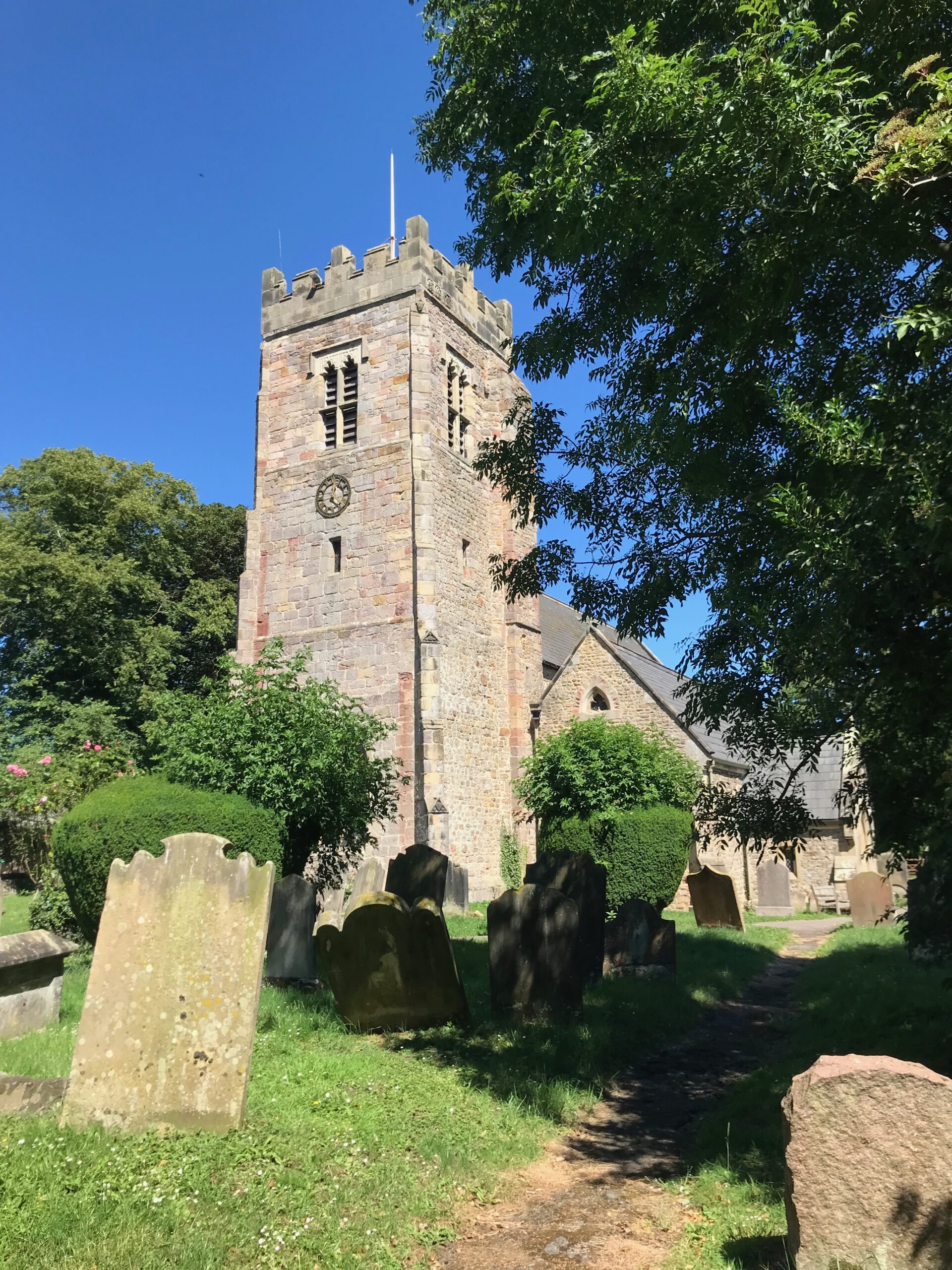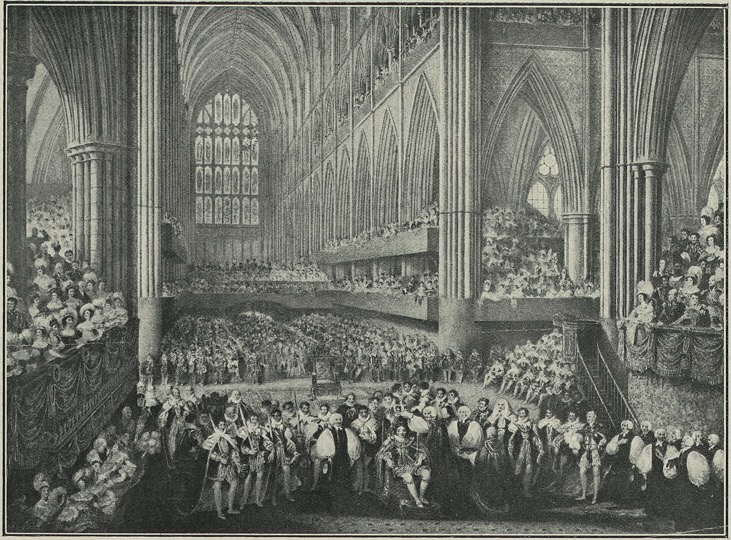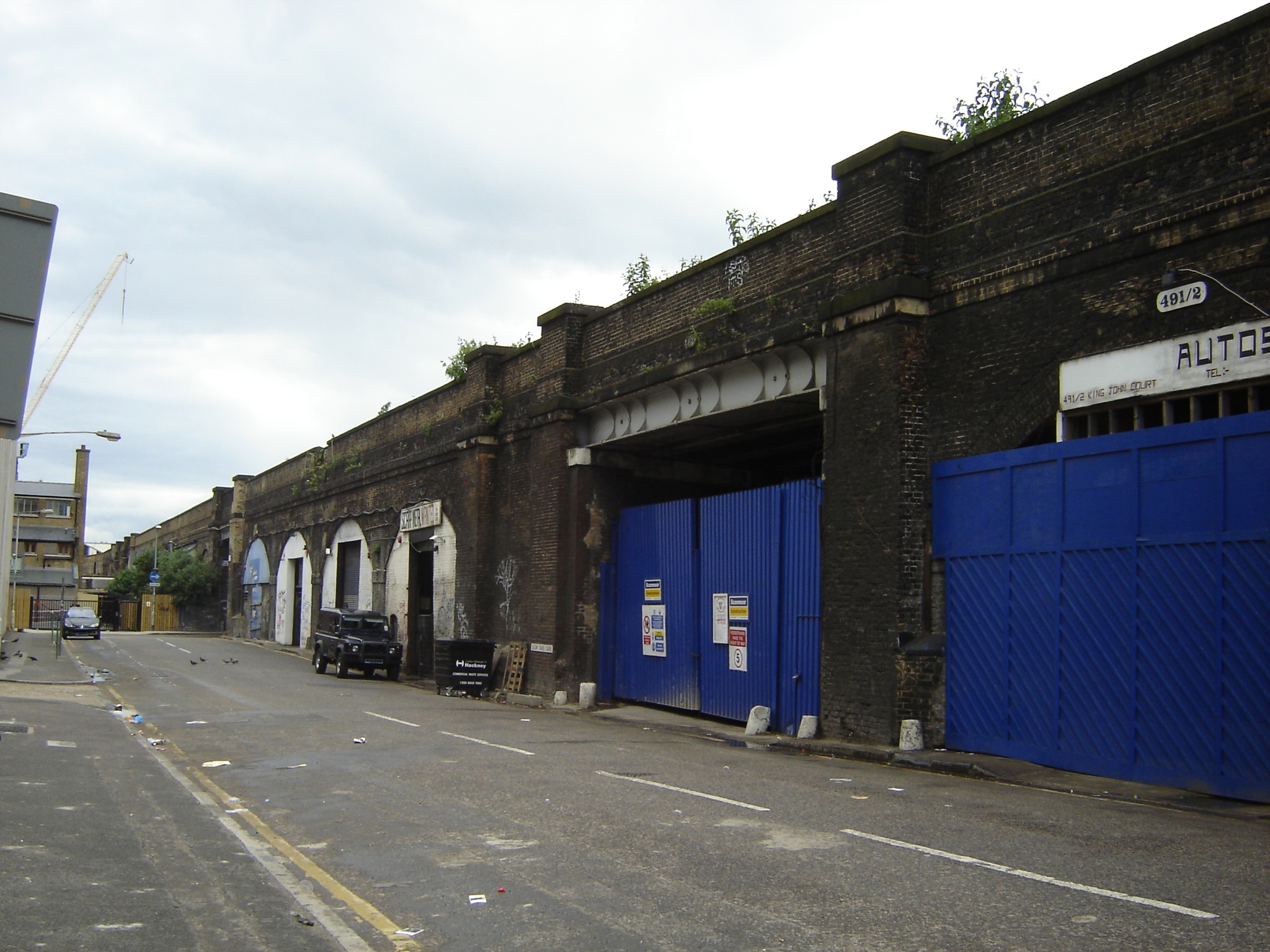The Brick Wall of Washington

The font in Washington parish church, County Durham, where
William Dixon, my 3x great-grandfather, was baptised in 1827.
Until recently, it was a minor source of frustration to me that while I could trace many branches of my family as far back as the seventeenth and eighteenth centuries, I could not trace my own name back further than 1827. This was the year that my great-great-great-grandfather William Dixon was baptised at Washington, not in the District of Columbia but in the county palatine of Durham (though George Washington’s ancestors’ home is next to the church). The bishop’s transcript of the Washington baptismal register recorded that William Dixon’s parents were Thomas, a husbandman of Washington, and Sarah.
In the absence of other evidence, I and other members of my family had assumed that the family had been in or near Washington for some time before 1827. Yet the problem with this theory was that there was no plausible marriage of a Thomas Dixon to a woman called Sarah in Washington or neighbouring parishes. There was, however, a baptism of a Thomas Dixon whose parents were a Thomas Dixon (a labourer) and a Sarah in the nearby town of Chester-le-Street in 1825. There was every indication that this was an elder brother of our William Dixon. Thomas and Sarah were residents of Birtley, showing that they were mobile.

The parish church of Bolton-upon-Swale, North Yorkshire, where my
4x great-grandparents Thomas Dixon and Sarah Busby married in 1815.
Two years ago, I started to investigate the life of Thomas Dixon, hoping that it would give me clues about the earlier history of the Dixon family. It transpired that the Thomas Dixon baptised at Chester-le-Street in 1825 had married three times and become a policeman. The interesting thing about the marriages and Thomas’s appearances in census records was that despite being born in Chester-le-Street, he was consistently recorded in Yorkshire. Before joining the police, he had worked as an agricultural labourer, and he was recorded with this occupation in the North Yorkshire village of Bolton-upon-Swale at his first marriage.
Having discovered this probable connection with North Yorkshire, I widened my search for a marriage of a Thomas Dixon to a Sarah in the years before 1825. Then, to my amazement, I found the marriage of a Thomas Dixon to a Sarah Busby in May 1815 at Bolton-upon-Swale. After this, the pieces of the jigsaw began to fall into place. A Thomas Dixon was a labourer and his wife Sarah had had seven children baptised in Bolton-upon-Swale and the adjoining parish of Langton-upon-Swale between 1816 and 1837. But there was a gap between the baptism of their daughter Sarah in 1822 and their daughter Anne's baptism in 1833.

Kiplin Hall, North Yorkshire, seat of Lady Tyrconnell in the nineteenth century.
The place of residence of the Dixons was fairly consistently recorded as Kiplin, a hamlet adjacent to Kiplin Hall, then the seat of Lady Tyrconnell. I then found a death notice in the York Herald from 1860, recording the death in the Royal Artillery Library, Woolwich, of John Dixon, ‘the youngest son of Mr. Thomas Dixon, of Kiplin, near Catterick’. This referred to the youngest son of the Thomas and Sarah Dixon, a soldier in the Royal Artillery. As I already knew that my ancestor William Dixon was also in the Royal Artillery and was stationed at Woolwich, this seemed too much of a coincidence. The truth was beginning to emerge.
With additional evidence, I was able to state with certainty that Thomas Dixon and Sarah Busby of Bolton-upon-Swale were the parents of my William Dixon, and that they moved for several years to County Durham before returning to Kiplin. Astonishingly, it transpired that the family’s link to Kiplin was mentioned in notes made by a descendant of Thomas Dixon. Matters were complicated again because Thomas, my 4x great-grandfather, is consistently recorded as being born about 1794 in West Auckland, County Durham, in census returns. However, there is no plausible baptism of Thomas Dixon in that or neighbouring places.
So, as ever, one ‘brick wall’ replaces another. But that is what makes genealogical research an exciting exercise!

The parish church of Auckland St Helen (West Auckland), County Durham.












